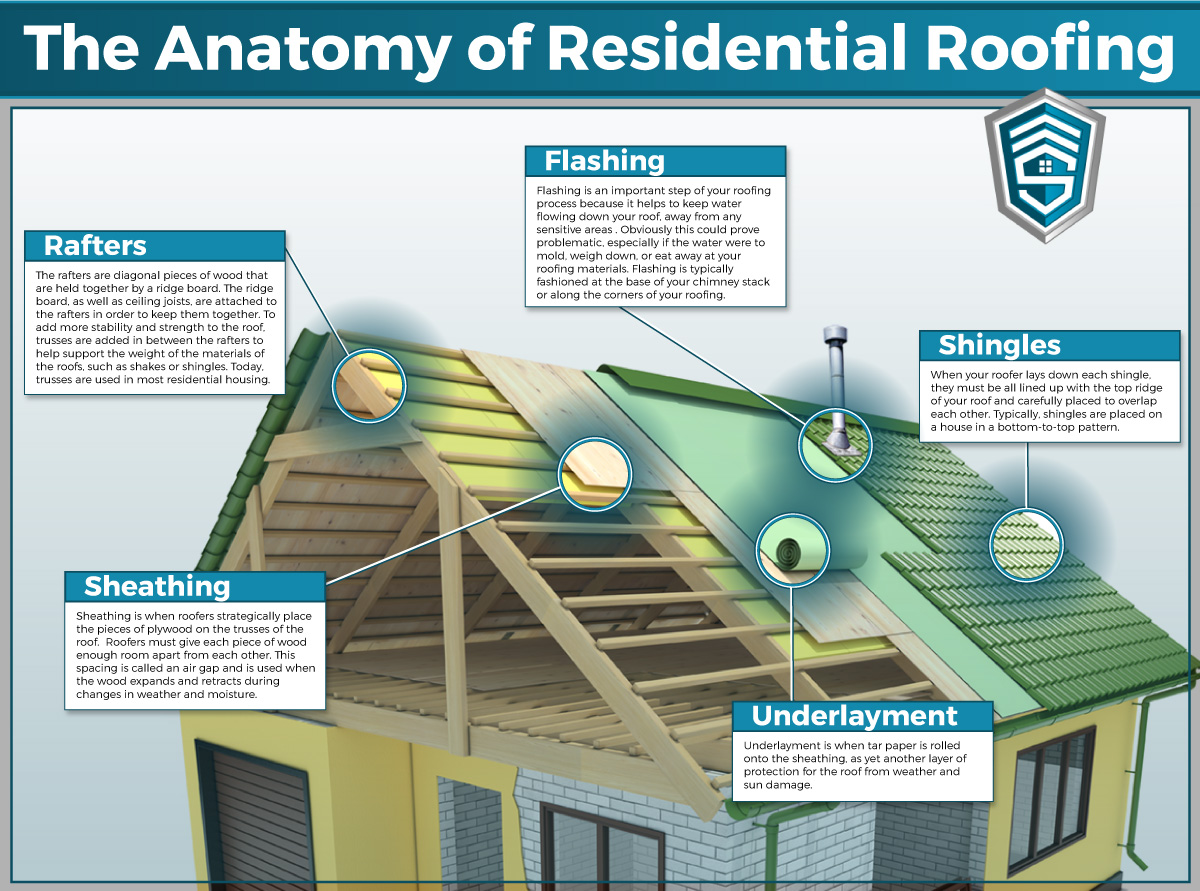Assessing The Financial Aspects Of Solar Energy Installment: Is It A Worthwhile Investment?
Assessing The Financial Aspects Of Solar Energy Installment: Is It A Worthwhile Investment?
Blog Article
Authored By-McQueen Stiles
When thinking about the expenses of solar setup, you could wonder about the ahead of time investment required and whether it aligns with the potential lasting advantages. Recognizing the ins and outs of these costs and the numerous variables affecting the overall return can shed light on the value proposition of transitioning to solar power. By assessing both the initial arrangement prices and the forecasted financial savings over time, you can gain understanding right into whether the investment in solar installation holds guarantee for your financial future.
Initial Setup Costs
When thinking about the prices of solar setup, the first setup expenses play a critical role in your decision-making process. These ahead of time costs consist of the cost of photovoltaic panels, inverters, placing tools, and installation labor.
https://www.abc15.com/news/let-joe-know/solar-power-cost-him-71-000-but-he-still-cant-use-it of photovoltaic panels can vary depending on the brand name, efficiency, and size you select. Inverters are essential for converting the sunlight's energy right into useful electrical energy and come in different types such as string inverters, microinverters, and power optimizers, each with its own price implications.
Installing equipment, such as shelfs and rails, is required to securely set up solar panels on your roofing or property.
The installation labor cost covers the expert installation of the solar system, making certain that every little thing is established properly and efficiently. Keep in mind that while these first arrangement costs might appear high, there are frequently discounts, tax incentives, and financing choices readily available to help balance out the expenses and make solar installation extra inexpensive in the future.
Long-Term Savings Analysis
To comprehend the financial benefits of solar setup in time, it's critical to carry out a thorough long-lasting cost savings analysis. While the first setup expenditures of solar panels might seem overwhelming, the long-lasting financial savings can surpass these costs substantially. By using the power of the sunlight to produce electricity for your home, you can possibly conserve countless bucks on your utility expenses over the life expectancy of your planetary system.
Among the key variables to consider in a lasting cost savings evaluation is the decrease in your electricity expenses. With photovoltaic panels, you can create your electrical energy, minimizing or even eliminating your dependence on the grid. This can result in considerable savings, especially as energy rates remain to climb.
Furthermore, many federal governments supply rewards such as tax credit reports and rebates for mounting photovoltaic panels, better enhancing your long-lasting cost savings. By making use of these incentives and optimizing your solar energy production, you can enjoy substantial monetary benefits for several years ahead.
Roi Calculation
Taking into consideration the financial benefits of solar installment, it's time to assess the Roi (ROI) computation. Establishing sunpower residential solar panels entails comparing the total prices of setting up a solar system with the financial benefits it creates over its life expectancy.
To compute ROI, split the web benefit from the system by the overall investment price and multiply by 100 to get a portion. The ROI formula is: (Net Profit/ Total Financial Investment Price) x 100.
As an example, if the total cost of setting up a planetary system is $20,000, and over its lifespan, it creates savings and profits totaling $30,000, the internet revenue would certainly be $10,000. Dividing this by the complete financial investment cost of $20,000 gives a ratio of 0.5. Multiplying this by 100 supplies an ROI of 50%.
Normally, a higher ROI shows a more monetarily rewarding investment. Factors like federal government incentives, upkeep costs, and energy cost variations can influence the ROI of solar installments. Recognizing the ROI helps in assessing whether purchasing solar power is worth it in the long run.
Conclusion
To conclude, comprehending the expenses of solar installation is essential for establishing if it deserves the investment. By thinking about initial arrangement expenditures, performing a long-term savings evaluation, and computing the roi, you can make an educated decision about the monetary value of solar energy. With the possibility for minimized utility expenses and raised energy independence, investing in solar setup can be a clever choice for both your budget and the environment.
